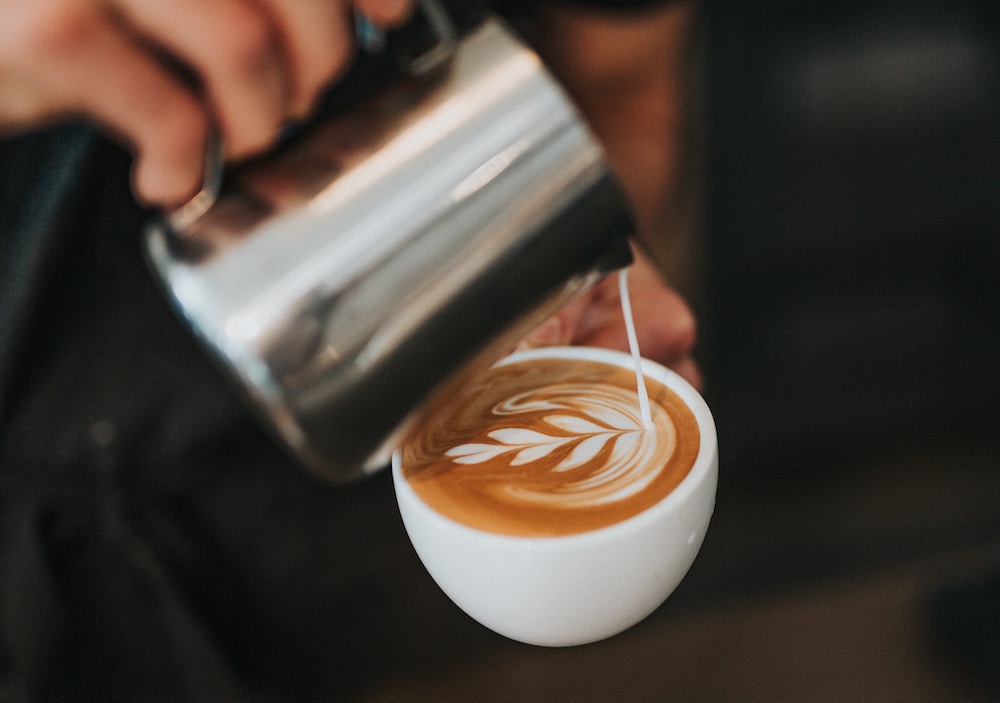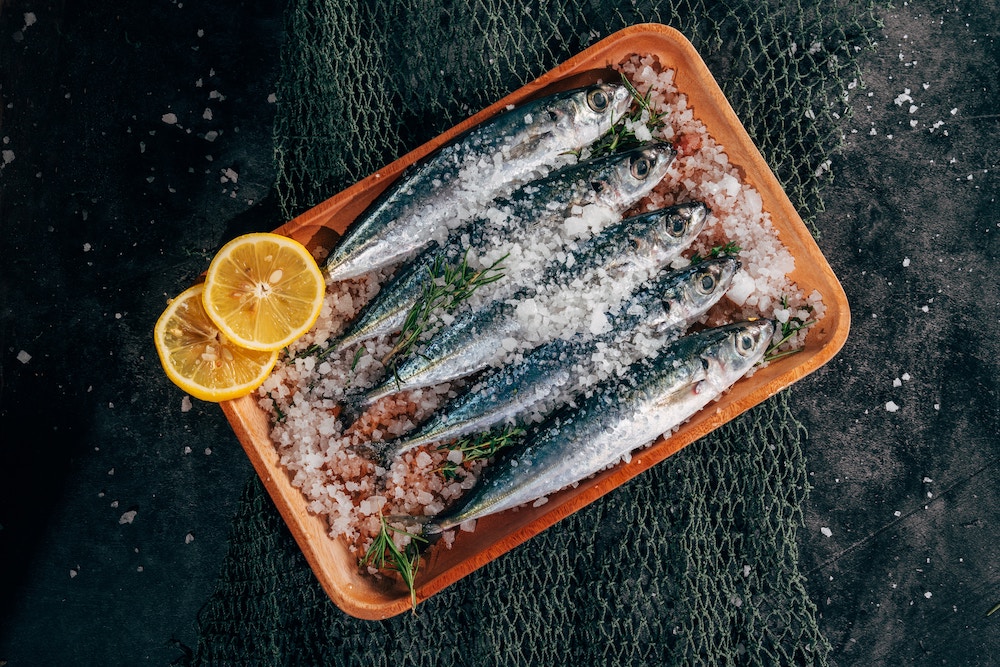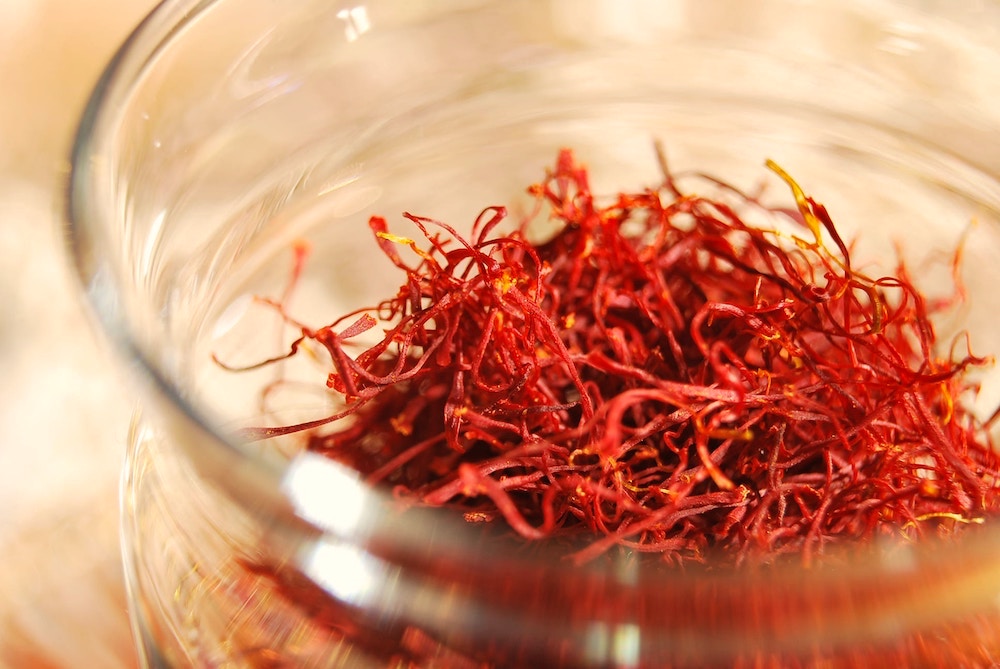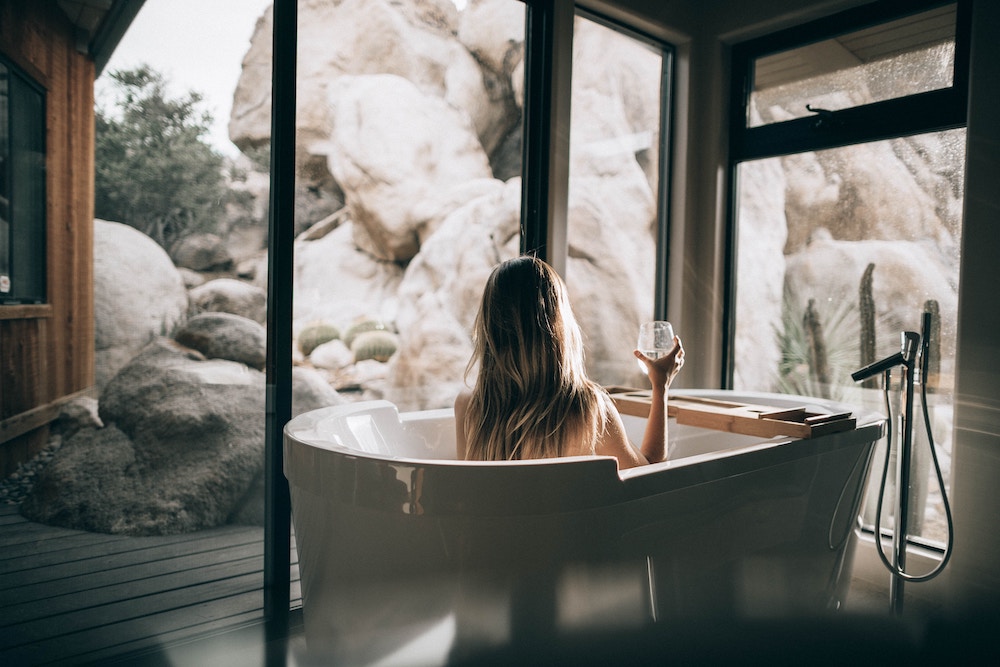Muscle soreness after working out comes as an unpleasant surprise after we have finally got together the time and motivation to exercise. Perhaps you are a just starting out with your workouts as a beginner, or you have returned to working out after a busy period in your life or a period of rest due to injury. Either way, you will likely feel your muscles extremely sore after your first workout session.
Muscle soreness shows in a variety of ways – from unpleasant painful sensations to a feeling of stiffness or swelling that can restrict your range of motion. For example, you may feel your arms “heavy” and with a limited range of motion after an upper body workout, and you may even feel your neck and shoulders stiff.
You can still find a lot of myths about muscle soreness. Does stretching before and after exercise really help? Should you ice the sore spot, or take a hot bath?
We have read and summarised scientific studies’ results for you. Learn about delayed-onset muscle soreness (DOMS) and the Repeated Bout Effect .
Also check out the 3 handy lists with key take-aways you can implement in your fitness regiment right now.
3 Surprising facts about delayed onset muscle soreness
9 muscle soreness Dos and Don’ts
BONUS: 5 best foods to relieve sore muscles after exercise
To build muscles is to damage them
Muscle soreness happens naturally even to trained athletes after what scientists call an “unaccustomed physical activity”. Although pain and stiffness don’t sound like the best reward for investing time and effort into fitness, in most cases it signals that you have trained effectively and challenged your body in new ways.
In fact, if you change up your workout routine on a regular basis by either training different muscles, or the same muscles in different ways, you should expect some muscle soreness. As you keep exercising regularly, however, you will be able to reap the benefits from a diverse workout program.
Delayed-onset muscle soreness (DOMS) explained
Did you know that the muscle soreness we feel the day after a great sweaty workout actually is only one type of muscle soreness? Typically, we start feeling this so-called delayed-onset muscle soreness most intensively within 24 hours after working out, and it can last for up to 1 week.
Delayed-onset muscle soreness signals that our muscles are adapting to a new type of physical exertion – new exercises that work different muscles or that work the same muscles differently.
The feeling of soreness comes from miniature damage to the muscle fibers (microtrauma) that happens as the muscles lengthen during exercise. It’s a common misconception that muscle soreness is due to lactic acid accumulating in the muscles after exercise. However, lactic acid usually returns to normal levels within an hour of exercise. Lactic acid buildup also occurs during exercises that use concentric (shortening) muscle contractions. However, unlike eccentric exercises, concentric exercises do not lead to delayed onset muscle soreness.
The Repeated-Bout effect explained
Once you have exercised a specific muscle with eccentric movements, as you return to doing the same exercise a few days later, your muscles will have rapidly adapted and you will benefit from what scientists call the Repeated Bout effect. Not only will you feel less sore after exercise, but also your muscles’ strength and range of motion will recover faster. This protective effect even goes as far as to reduce immune responses and decrease muscle proteins in the blood.
Amazingly, the Repeated Bout Effect lasts for a few weeks after your first workout session.
The benefit turns out to be pretty specific to the exercises and muscles you do initially. Also the volume of exercise and the duration between workouts influences the Repeated Bout Effect.
The more reps you do in the initial bout, and the sooner you do your second bout of exercise, the more protection your muscles get from adaption.
How to best take advantage of the Repeated Bout Effect in your training
Ultimately, the best strategy to minimise muscle soreness and muscle damage from exercise, may consist of regularly varied routines, cycled through frequently. This way all your muscles get a chance to accustom to the physical activity, and over time you may find you can push yourself harder with less .
3 surprising facts about delayed-onset muscle soreness
1Delayed-onset muscle soreness occurs only after eccentric exercises when your muscle lengthen. This happens, for example, when you lower yourself to ground when you do pushups.
2The intensity of the muscle soreness has no relation to the micro damage to the muscles. Even if you feel very sore, your muscles can still recover quickly.
3Doing even only 2 reps of a new exercise protects from muscle soreness over a few weeks via the Repeated Bout effect.
Delayed-onset muscle soreness treatment
Our muscles generally recover naturally after exercise: within 1 week, muscle soreness and pain goes away; within 2 weeks muscle function and strength are almost completely restored.
The soreness, however, can be unpleasant to deal with as you go about your daily business. The sensations of pain, stiffness, and reduced range of motion may make it more difficult to do certain essential activities.
Scientists have been looking at various ways to relieve delayed-onset muscle soreness, and surprisingly a lot of things you would expect to work, apparently do not help. We have gathered 9 simple, effective, and scientifically tested methods to get relief from muscle soreness after exercise. Studies have shown that these are the best ways to reduce pain and speed up your recovery back to physical activity.
9 muscle soreness Dos and Don’ts
#1 DON’T ice the sore area.
Not only does icing not help with muscle soreness relief, it might even worsen the painful sensations.
#2 DO apply heat.
Applying heat wraps immediately and up to 8 hours after exercise does work for effective muscle soreness relief. Unlike cold, heat increases our bodies’ tissue flexibility and blood flow, which apparently helps decrease the sensation of soreness and stiffness.
#3 DON’T spend money on acupuncture.
While acupuncture alleviates some types of pain, this study concludes that acupuncture is not effective in decreasing delayed-onset muscle soreness.
#4 DO treat yourself to a massage, a hot bath or a trip to the sauna.
Getting a massage within 2 hours after exercise helps ease post workout muscle soreness by decreasing swelling and perceived fatigue. Hot baths and saunas help because the heat increased blood flow to the muscle.

#5 DON’T expect too much from stretching.
Counter to intuition, both dynamic and static stretching doesn’t prevent or help to recover from muscle soreness. Of course, stretching may have other benefits for you health – we’ll talk more about this another blog post.
#6 DO try foam rolling.
For an easy and affordable alternative to a massage, do a 20-minute session of foam rolling after exercising and then every 24 hours. Foam rolling results in faster recovery from muscle soreness and also protects against a drop in muscle performance while you’re sore.
#7 DO take an ibuprofen
At least one scientific study has concluded that ibuprofen reduces muscle soreness, although it may not help with restoring optimal muscles’ performance levels and range of motion.
#8 DO engage in physical activity.
Although it may run counter to our intuition, light to moderate exercise eases pain from delayed-onset muscle soreness. For best results, exercise a different part of the body where you’re not experiencing muscle soreness. For example if you feel your legs sore (lower body), choose a lighter workout that targets your core.
If you’re too busy to look for for a specific workout, check out Jumpy Cat‘s Recovery day workout routines. You can select which body part to exercise, how hard and for how long. Plus we have a variety setting for those of us who get bored easily with repetitive workouts.
#9 DO drink some caffeine.
Yes, coffee and tea helps, and you don’t need a lot of it either.
In addition to coffee, check out the list of foods and spices below. Try adding some of these to your diet to ease sore muscles and speed up muscle function recovery.
BONUS: 5 Best foods to ease sore muscles after exercise
To relieve your sore muscles and recover faster, you should ideally also include some of the following foods and nutrients into your diet. Most of these foods and nutrients are easy to get a hold of, and they have been scientifically tested to help about muscle soreness after exercising.
Coffee

Yes it helps, and you don’t need a lot of it either. The caffeine found in about 2 cups of brewed coffee results in less delayed-onset muscle soreness. To reap the maximum benefit from it, drink coffee for a couple of days after exercising. Also, caffeine seems to work equally well for both women and men to reduce the pain from muscle soreness.
Omega-3 fatty acids

Consuming some omega-3 fatty acids works for muscle soreness relief too. To add omega-3s to your diet naturally, go for fish, such as mackerel, sardines, and anchovies. Vegans and vegetarians can find omega-3 fatty acids in walnuts, flax seeds, or chia seeds. Vegetables like spinach and Brussels sprouts also contain a significant amount of omega-3 fatty acids that will make your muscle soreness recovery faster and less painful. And last but not least, you can also take omega-3 fatty acids supplements.
Vitamin C

Also known as ascorbic acid, may or may not help. A double-blind randomised placebo study found that people felt up to 25-44% less pain and soreness after taking ascorbic acid could ease your sore muscles. However, another study found no difference in perceived pain after taking vitamin C supplements for 8 days.
Turmeric (Curcuma)

Curcumin, a major compound found in turmeric, shows positive effect against muscle soreness and pain. Turmeric has a slightly earthy, but not obtrusive flavour, and goes great with both savoury and sweet meals.
- Try adding some turmeric to your latte or milk tea.
- Turmeric goes great with Indian and Mexican and Middle-Eastern cuisine, in comfort foods like chillies, curries, stews, and hummus.
- For a quick, tasty and protein-laden snack or salad topping try oven-roasted cooked chickpeas with turmeric (add other spices to taste).
- Or sprinkle turmeric in breakfast oats or a smoothie for a beautiful uplifting sunny colour at the start of your day.
Saffron

People who took saffron powder supplementation a week before and 3 days after eccentric exercise experienced less intense delayed-onset muscle soreness. Saffron pairs well with rice, so it enhances meals like risotto or paella. Because it’s a somewhat uncommon and pricey spice, you may want to opt for a supplement, if you decide to give this a try.
Have you tried any of these methods to relieve muscle soreness? Do you take recovery or rest days, and how often? Share in the comments below!

